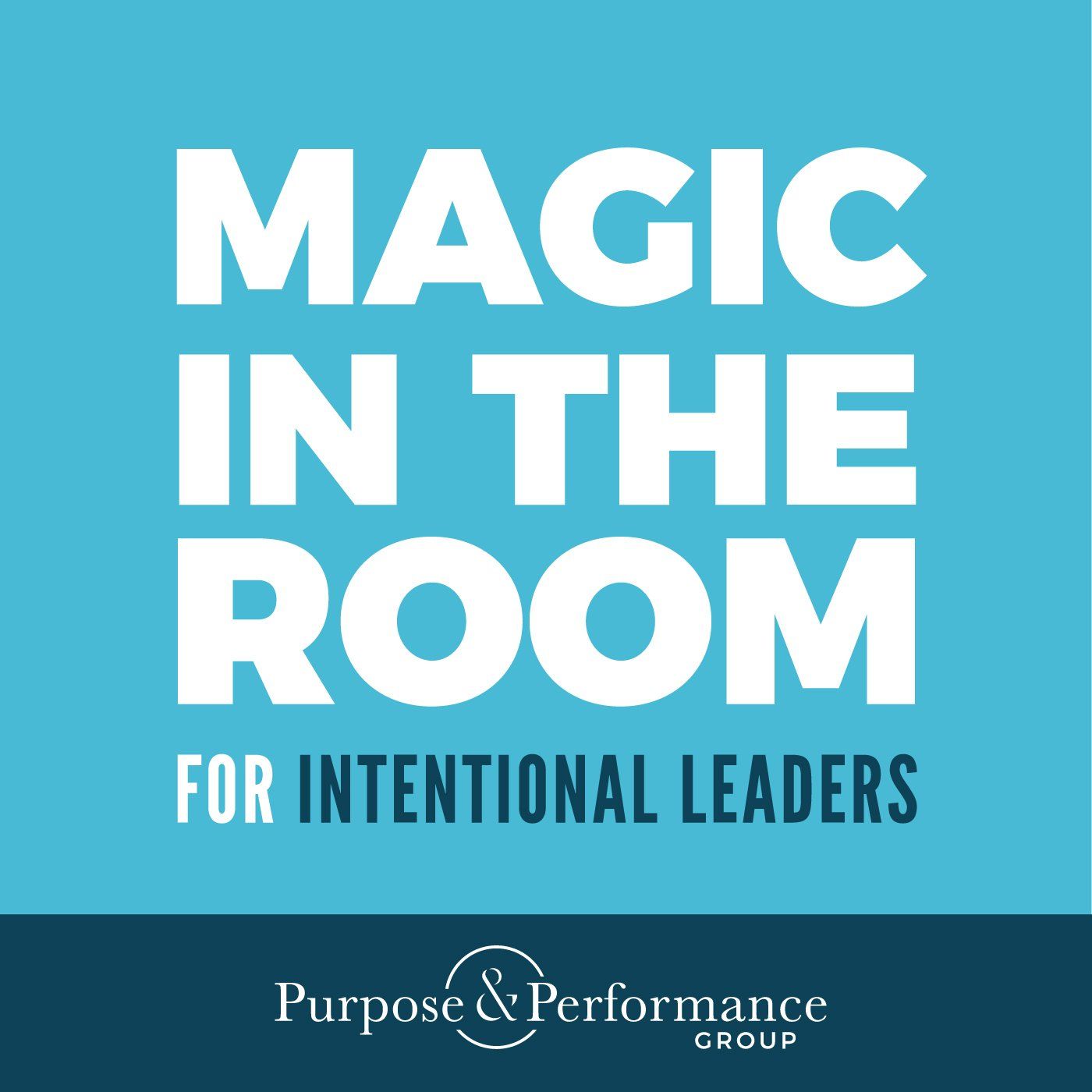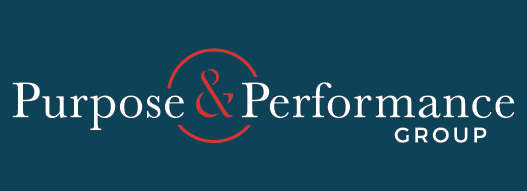Balancing Stakeholders
The next discovery in our Unlocking EQ process is balancing stakeholders. Transformational change often requires a coalition of stakeholders that are united by a common good or shared purpose. Forming and sustaining an effective coalition requires a courageous leader capable of earning the trust and respect of a diverse group of stakeholders.
What do We Mean by Balancing Stakeholders?
Balancing stakeholders is an ongoing, alliance-building process that includes understanding and respecting the aspirations of stakeholders within and outside of your team or organization.
Bob shares insights about forming stakeholder coalitions.
Benefits of Balancing Stakeholders
Dr. Martin Luther King, Jr. wrote about achieving the “beloved community.” It is a term that he used to describe his core belief that increasing cooperation among allies and winning the friendship of opponents would make it possible to live and work together productively.
When we effectively balance stakeholder interests, we achieve the following benefits to our projects, teams and organizations:
- Better decisions due to candid, high-trust communication
- Important initiatives keep moving forward
- Increased ownership, which facilitates smoother implementation
- Contributions to the growth of an inclusive, collaborative culture
The Bottom Line
“If you want to run fast, run by yourself. If you want to run far, run together.”
– African Proverb
Tactics to Balance Stakeholders
- Focus on the relationship: Think of balancing stakeholders as a process and not an event. Invest quality time each day in building high-trust relationships with stakeholders.
- Have a plan: Map out key stakeholders, and then create a plan for how you will learn what is most important to each of them. Set goals for how you will achieve the desired outcomes, and execute your plan.
- Keep motives authentic: take a true interest in the wellbeing and ongoing success of all your stakeholders, including yourself.
- Find common ground: Embrace and leverage healthy conflict by communicating positions on difficult, controversial issues. Earn and build trust by openly sharing the “whys” behind your positions and objectives.
- Stay inclusive: Move from an “either or” (binary) mindset to an “and” (inclusive) mindset. Practice inclusive problem-solving and build collaborative solutions.
- Recognize and celebrate collaboration: Thank stakeholders for their engagement and contributions. Look for ways to publicly acknowledge and highlight their achievements.
Challenge Question
Going forward, what are some actions you can take to build better relationships with your key stakeholders?
Resources
For further reading, see the following resources:
- Competency 32: “Balances Stakeholders” in the
Korn Ferry Leadership Architect
 FYI® for your improvement
.
FYI® for your improvement
.
- Stakeholder Management (chapter from a book)
- Stakeholder Management: A Key to Project Success (article)
The post Balancing Stakeholders appeared first on Purpose and Performance Group.


